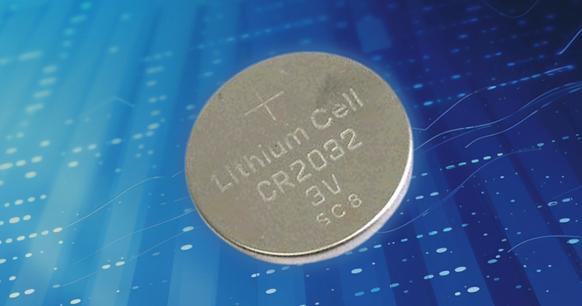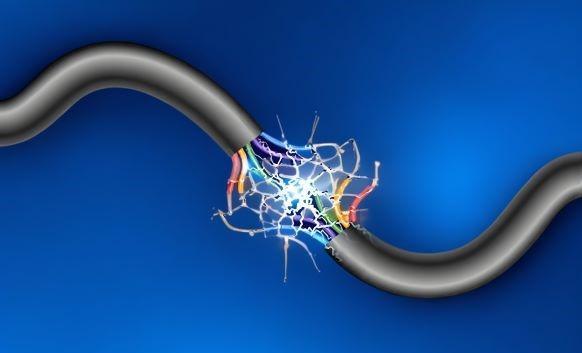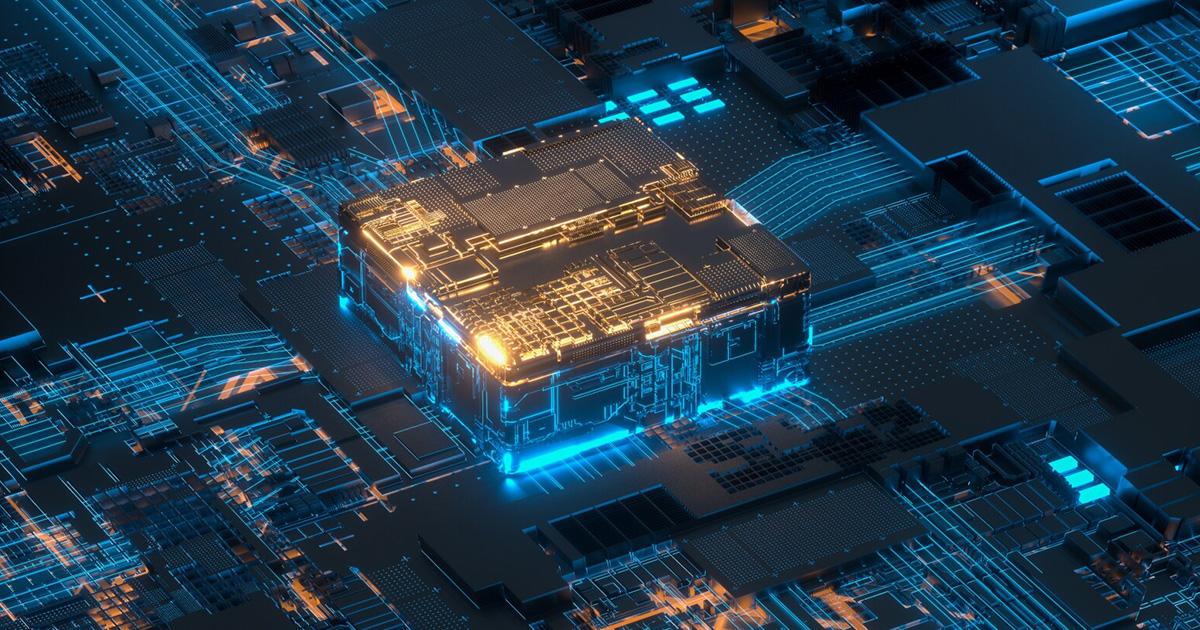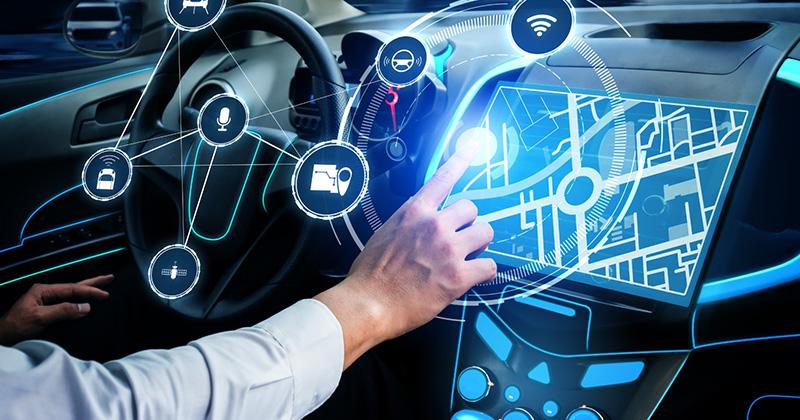
2024 Essential Guide to AC to DC Power Conversion for Electronics
Have you ever considered the underlying technology that enables your favorite appliances to operate once they are connected to a power source? Furthermore, why is it that different gadgets require unique adapters despite the universal use of electricity? The answers can be found in the fascinating world of alternating current (AC) and direct current (DC) power. Gain a comprehensive understanding of these two distinct types of electricity and explore the process and significance of converting AC power, the predominant type of electricity in our homes, into DC power, the essential energy source for many electronic devices. This article outlines the process of converting alternating current (AC) to direct current (DC) power and identifies the key points in the conversion process where a switch is required.

What are AC and DC power?
Alternating current (AC) and direct current (DC) are two distinct types of electric current that are utilized in a variety of applications due to their unique characteristics. Please find descriptions, advantages, and disadvantages below.
What is AC Power?
Alternating current (AC) is a form of electric power where the current continually changes direction. It is the primary form of electricity provided by utility companies and used in homes and offices.
Pros of AC Power
- AC is more efficient for delivering electricity over long distances, as it can be transformed to high voltage and low current, resulting in less energy loss.
- It is safer to use because the continually changing voltage decreases the risk of electrical shock.
- AC systems are typically more cost-effective and easier to maintain.
Cons of AC Power
- Due to its sinusoidal nature, AC can result in power loss when it passes through inductive or capacitive loads.
- As the current direction changes, electrical noise or interference is created, which can affect other electrical devices.
What is DC power?
Direct current (DC) is a type of electrical power where the current flows in a single direction. DC power is commonly used in low-voltage applications, including battery-operated devices, electric vehicles, and electronics.
Pros of DC Power
- DC power is efficient for small scale and short distance applications because it delivers a constant and stable current.
- It does not generate electrical noise and is the preferred option for use with sensitive electronics where a clear signal is required.
• DC is more readily stored, making it an optimal choice for use in batteries.
Cons of DC Power
- Transmission of DC power over long distances is less efficient than transmission of AC power, due to the difficulty of transforming it to high volta
- High-voltage direct current (DC) poses a risk due to its steady current, which can result in electric shocks.
- The establishment and upkeep of DC infrastructure tend to be more intricate and costly in comparison to alternating current (AC) systems.
How to convert ac to dc power?
Follow this step-by-step guide for converting AC to DC power:
- Choose a Rectifier:
Select a rectifier that matches your input AC voltage, output DC voltage, and power requirements. There are two principal categories of rectifiers:
- Half-wave rectifier: This type of rectifier allows only one-half of the AC waveform to pass through, which results in increased ripple in the output. This rectifier option is less efficient and not recommended for high-power applications.
- Full-wave rectifier: This type allows both halves of the AC waveform to pass through, resulting in a smoother output with less ripple. This solution is more efficient and suited for high-power applications.
- Consult the Circuit Diagram
Follow the circuit diagram provided by the manufacturer or consult a standard circuit layout for a rectifier. This will assist you in understanding how to connect the rectifier input terminals to the AC power source and the output terminals to the load that requiring DC power.
- Connect the Rectifier to the AC Power Source
Once the AC power source has been de-energized, connect the input terminals of the rectifier to the AC power source in accordance with the circuit diagram provided. It is imperative that the live (active) and neutral wires are connected correctly.
- Connect the Load to the Rectifier Output
Connect the DC load (device requiring DC power) to the output terminals of the rectifier. . It is essential to ensure that the positive and negative terminals of the load are connected to the respective output terminals of the rectifier.
- Include a Smoothing Capacitor (Optional)
Connecting a smoothing capacitor across the output of the rectifier can help decrease the ripple voltage, providing a more stable DC output. Select a capacitor with an appropriate capacitance and voltage rating based on the specifications of your load.
- Addition of Voltage Regulation (Optional)
In the event that your application necessitates a constant and stable DC voltage, it may be advisable to incorporate a voltage regulator into the circuit following the rectifier. Select a voltage regulator that aligns with your input and output voltage specifications and ensures a stable output in response to changing load conditions.
- Power-up and Test
Activate the AC power source and accurately ascertain the output voltage of the rectifier with a multimeter. The voltage should align with the desired DC output voltage as indicated by the rectifier specifications. It is important to verify that the load is receiving the correct DC power and that it is functioning as expected.
When you need to convert ac to dc power?
In a number of instances, there is a need to convert AC (alternating current) to DC (direct current) power. One of the primary reasons for converting AC to DC is to power electronic devices. The majority of electronic devices operate on DC power, including cell phones, tablets, laptops, and other similar devices. It is therefore essential to use a converter in order to guarantee that your devices receive the correct power input. The Anker 747 Charger is an optimal solution, providing sufficient power to charge up to four devices simultaneously, including two laptops, while optimizing power output to safeguard connected devices. Furthermore, the ActiveShield 2.0 technology provides additional protection through consistent temperature monitoring, ensuring that your devices are never damaged by voltage or current fluctuations.
Another instance in which an AC-DC power converter is essential is when charging batteries. Batteries are capable of storing a considerable amount of energy in the form of direct current (DC) power and are utilized extensively in a range of devices, including electric vehicles and solar power systems. Batteries can be charged effectively by converting AC power to DC power, thereby enabling energy to be stored for later use. Moreover, in renewable energy systems like solar panels, the generated power is typically in the form of DC, necessitating an inverter to convert it to AC for use in the electrical grid or household applications.
Conclusion
The ability to harness and utilize both AC and DC power offers unique benefits regardless of the form of power encountered. From powering our homes and offices to charging our mobile devices and powering electric vehicles, the versatility and interplay of AC and DC power continue to shape the world of electricity. As technology advances, finding efficient ways to convert and manage these two types of power will undoubtedly unlock new possibilities and innovations, energizing our future for years to come. It is therefore important to embrace the power at our fingertips and utilize it to electrify the possibilities together!




